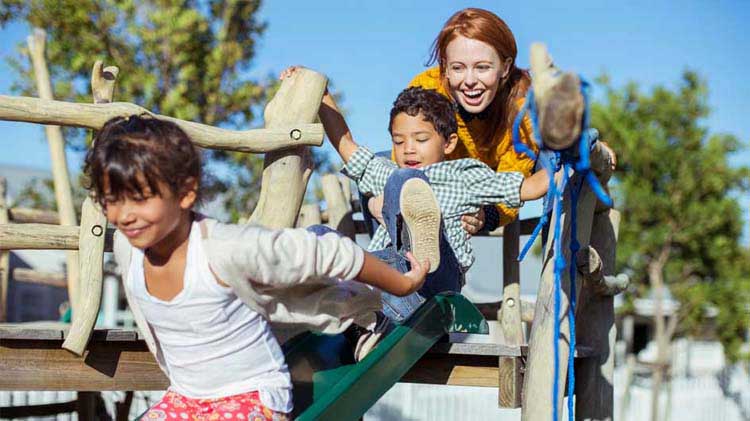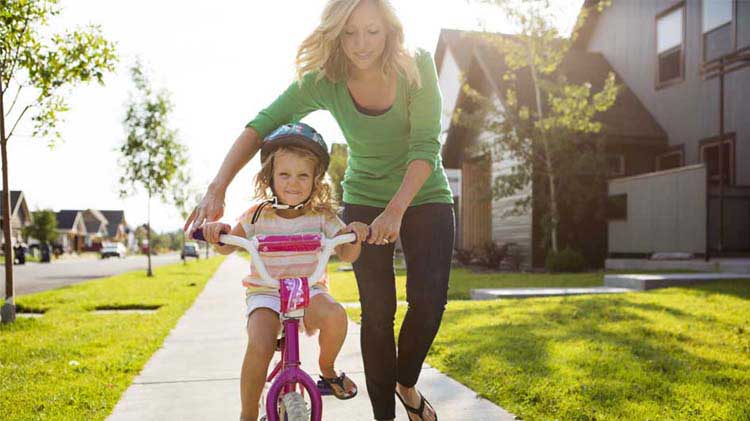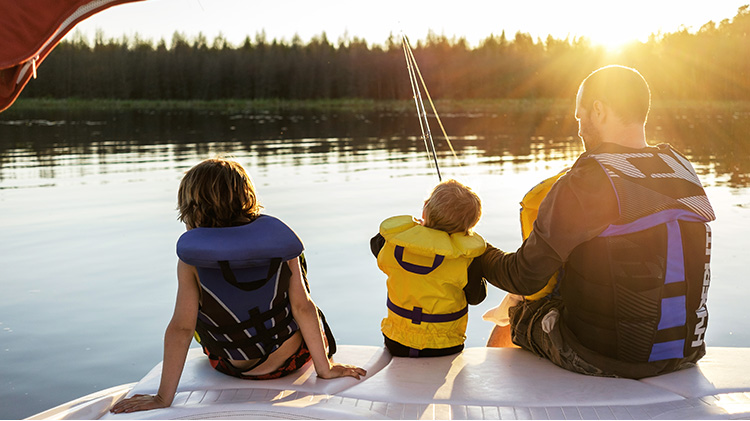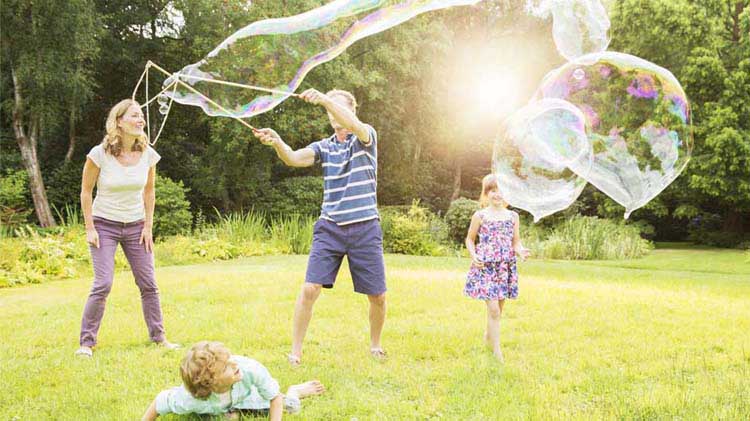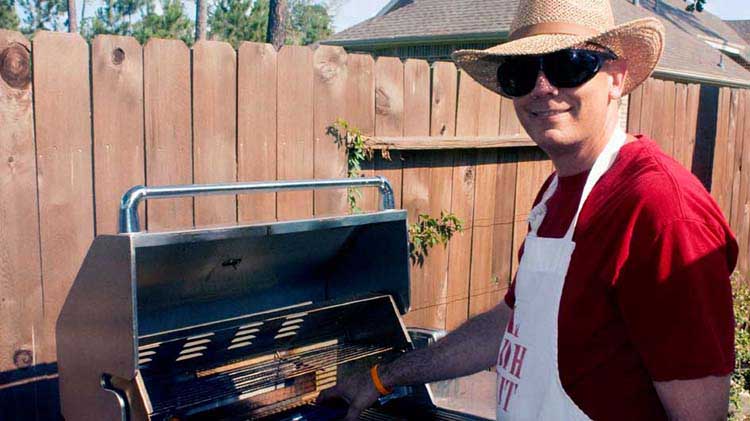Your guide to playground safety
Help keep the play fun, not dangerous.
Kids love the playground, but there are more than a few hazards to watch out for. Help keep things safe and fun with these tips:
Before going to the playground
- Dress for playground safety. Dangling clothing items, such as scarves, jewelry or drawstrings, can get caught on playground equipment and cause an injury.
- Discuss playground safety. Teach kids how to watch for hazards. Are they walking in the path of a swing, standing at the bottom of a slide or getting too close to someone who is swinging a bat?
- Discuss behavior. Chat about sharing playground equipment and taking turns to keep from hurting others. Let them know that pushing and shoving isn't fun for anyone.
- Find safe playground equipment. Look for play areas free of rusted or broken equipment. Playgrounds that are well maintained have fewer risks to children. Also stick to areas with impact-absorbing surfaces like rubber mats. If you're visiting a park for the first time, inspect it for sharp edges or tripping hazards before sending your child off to play. Report any safety hazards to local officials.
While at the playground
- Use age-appropriate equipment. Children under age 5 should use separate play equipment, not the equipment meant for older kids. It may be a good idea to play with your toddler or preschool-age child instead of just keeping watch.
- Watch children closely. It's important to pay attention at all times, especially when your child is playing near swings and on climbing equipment.
- Test for hot surfaces. Your child's skin can burn faster than yours. On a hot day, test metal surfaces with your hand to make sure they're cool enough to play on.
- Watch for too much sun exposure. Limit playtime during 10 AM to 2 PM when the sun is the warmest and beware of heat-related illnesses.
- Stay hydrated. Take a cooler of water or juice to quench your child's thirst while playing.
